Turkey straddles two continents with the mighty Bosphorus lying in between. It forms a landmass that lies beneath several important avian migration paths.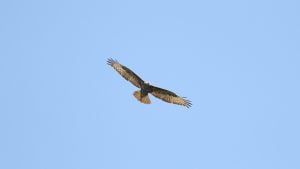
The country encompasses two main routes for birds migrating en-mass. Twice a year, the land and water habitats of the country offer shelter and hospitality to migrating birds, many of which also breed here.
The prime months for migration tend to be April, May, June and September, October and November.
Turkey’s vast land of over 800,000 square kilometres, surrounded on three sides by seas, serves as a bridge between three continents. A large variety of climatic zones co-exist due to its topography. The northern belt of humid forest, contrasting with the arid centre of the country, are home to rare White-backed Woodpecker, Greenish Warbler and Semi-collared Flycatcher. The Mediterranean coast harbors more than half of the world population of Rüppell’s Warbler, Olive-tree Warbler, the near-endemic Krueper’s Nuthatch, Masked Shrike and Cretzschmar’s Bunting, The beautiful scenery of high mountains are accompanied with the presence of Caspian Snowcock, Alpine and Radde’s Accentor and Red-fronted Serin.
harbors more than half of the world population of Rüppell’s Warbler, Olive-tree Warbler, the near-endemic Krueper’s Nuthatch, Masked Shrike and Cretzschmar’s Bunting, The beautiful scenery of high mountains are accompanied with the presence of Caspian Snowcock, Alpine and Radde’s Accentor and Red-fronted Serin.
Approximately one million birds soar across the Bosphorus annually. Soaring birds tend to migrate over the land, benefiting from thermal convection. They try to keep sea crossings to a minimum. However; if it is unavoidable, they will try to use the narrowest point where the lands are closest together. For this reason, bottlenecks have a very important role on the migration. The Bosphorus is arguably the most important hot spot for migrants that migrate along the Africa-Europe line.
One of the prime locations for bird watching is Çamlica Hill. Çamlica Hill is located within the borders of Üsküdar district, on the Anatolian side of Istanbul. Camlica, has two hills overlooking the Bosphorus and the Marmara Sea, and is one of the highest and most charming places in the city. It’s divided into two sections as “Büyük Çamlica” and “Kücük Çamlica”, meaning “Big” and “Small”. Buyuk Camlica is 267 metres above sea level and the other is 228 metres.
Camlica got its name from the pine trees in the area (Çam means Pine in Turkish). The first settlers turned the entire region into a pine forest, which survived through the Roman period and also the Byzantines.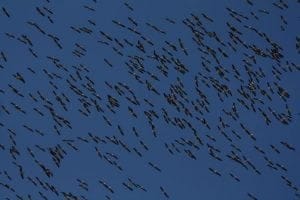
Camlica was also important to the Ottoman Sultans . Mehmet IV, who was given the nickname “Hunter”, built a hunting lodge here. During the reign of Selim III, Camlica became a recreational place, together with the Bosphorus and Kagithane.
During the Ottoman period, Camlica Hill and some other hills in Istanbul were used for training birds of prey, such as hawk, falcon and peregrine. Ivaz Fakih, whose grave is in Camlica, was a religious man and a peregrine breeder, the hill was granted to him as Peregrine Centre, and later to Dogancibasi’s and Sahincibasi’s, the heads of falcon and hawk breeders.
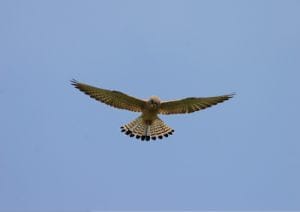
The top 5 species that cross the Bosphorus are listed as Black Stork, White Stork, Honey Buzzard, Lesser Spotted Eagle and Common Buzzard. Many threatened and endangered species can also be seen, Dalmatian Pelican, Egyptian Vulture, Cinereous Vulture, Greater Spotted Eagle, Imperial Eagle, Pallid Harrier, Red Kite, Red-footed Falcon and Saker Falcon.
Turkey even hosts some endangered species: The Bald Ibis Geronticus eremita has recently recovered and the captive bred population has started colonising other areas
The Turkish government has established bird sanctuaries called Kus Cenneti in various parts of the country. The main ones:
Bird Paradise National Park
Kus Cenneti Milli Parki is a 64-hectare bird sanctuary next to Bird Lake (Kus Gölü), the lake was called Manias in ancient times. Located 19 km (12 miles) east and south of Bandirma, it hosts millions of birds of more than 250 varieties annually.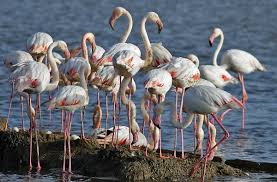
Göksu Delta
The 14,500-hectare delta of the Göksu(Blue/Sky Water) River near Silifke on Turkey’s Mediterranean coast is one of Turkey’s prime birdwatching areas. Several lakes, marshes and sand-spits provide shelter for up to 332 species of birds.

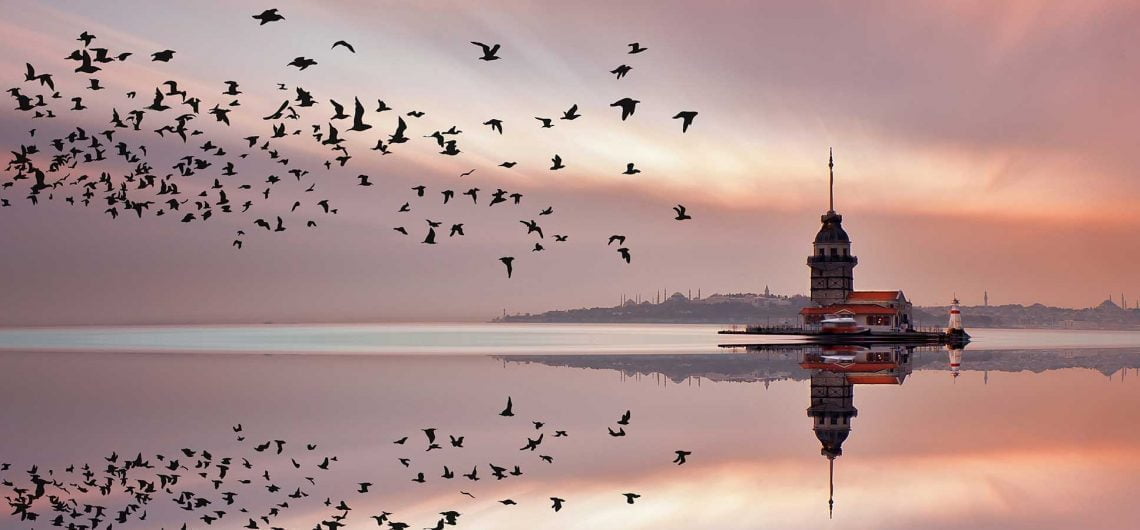
Comments